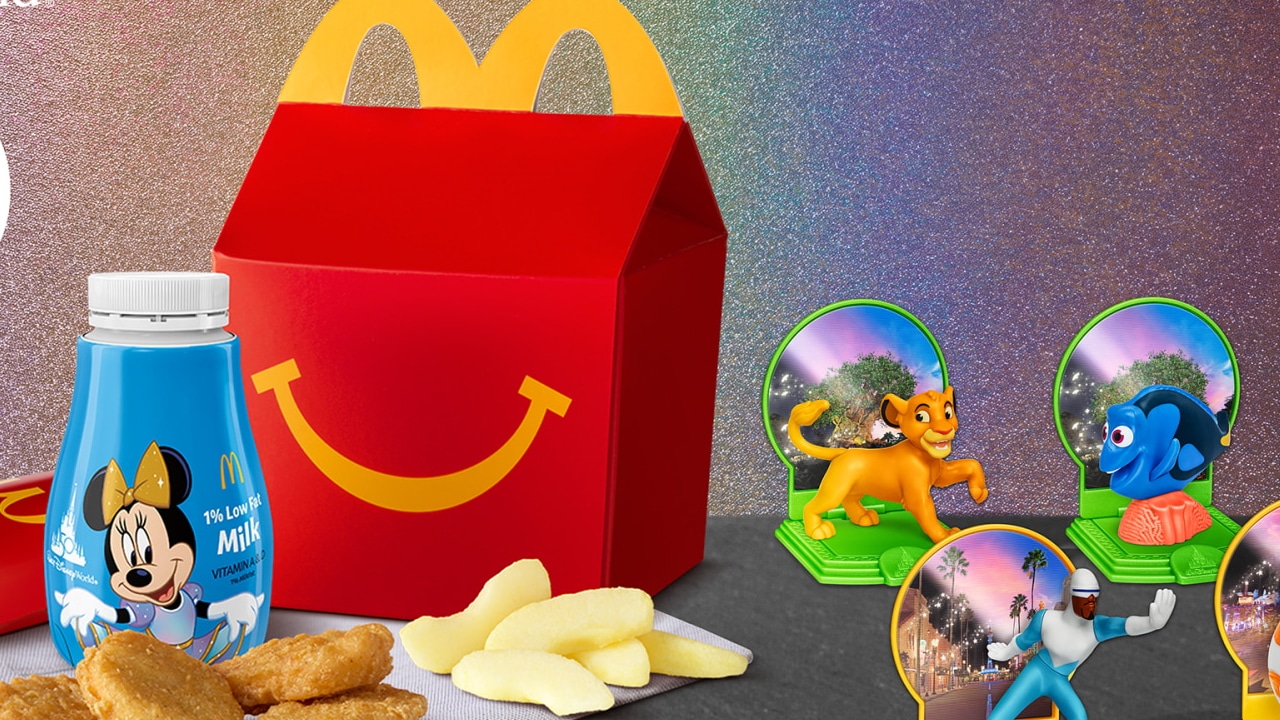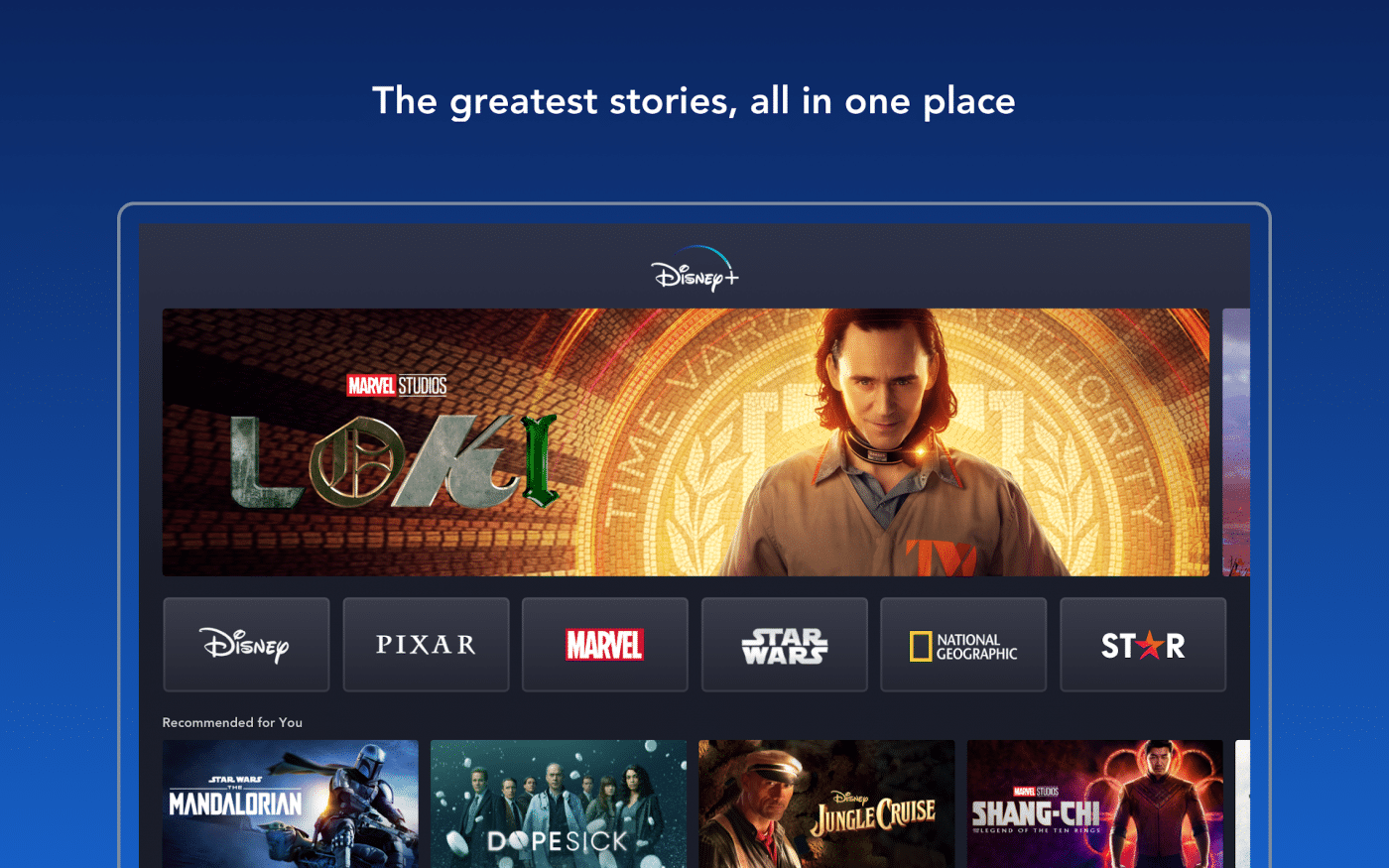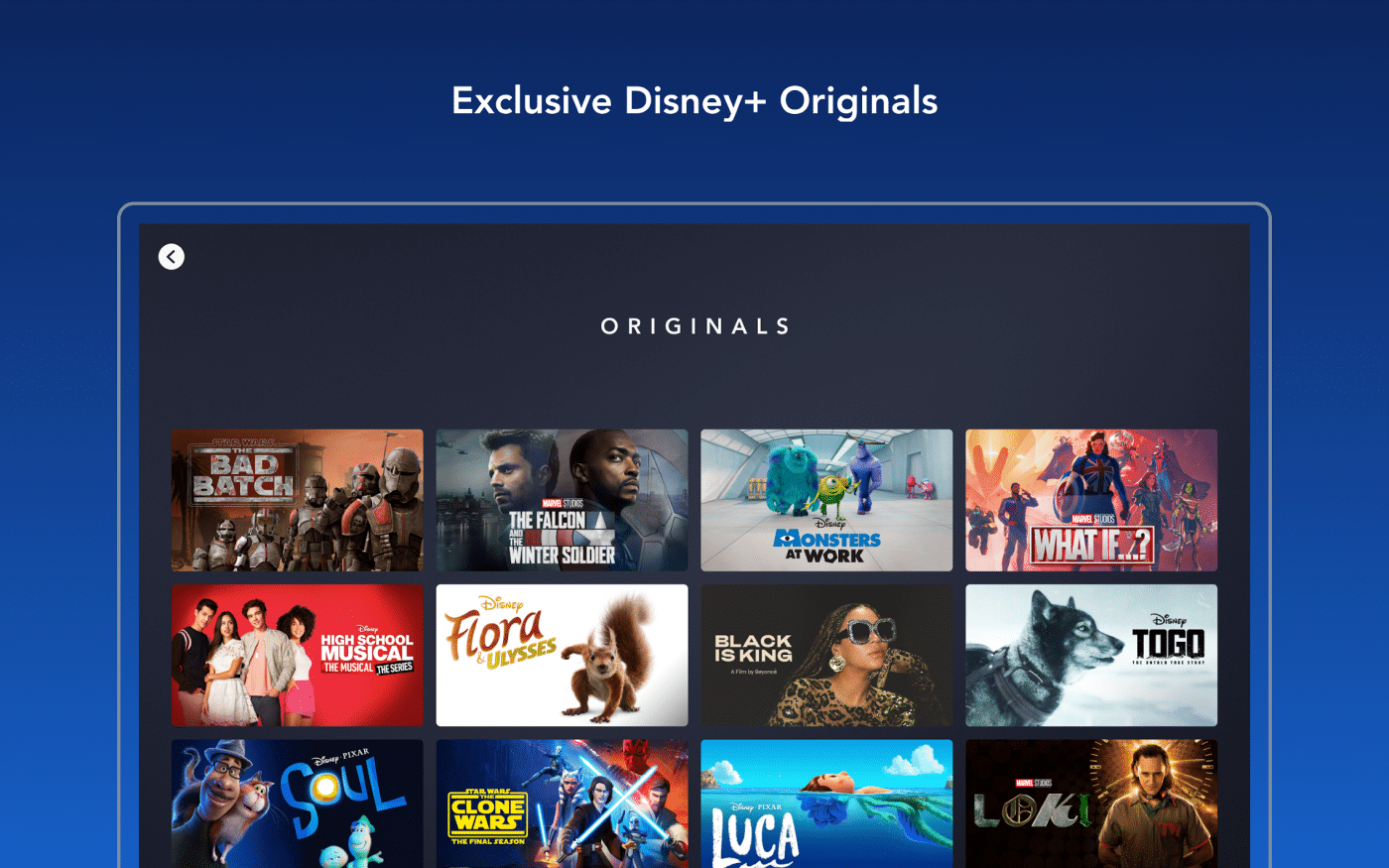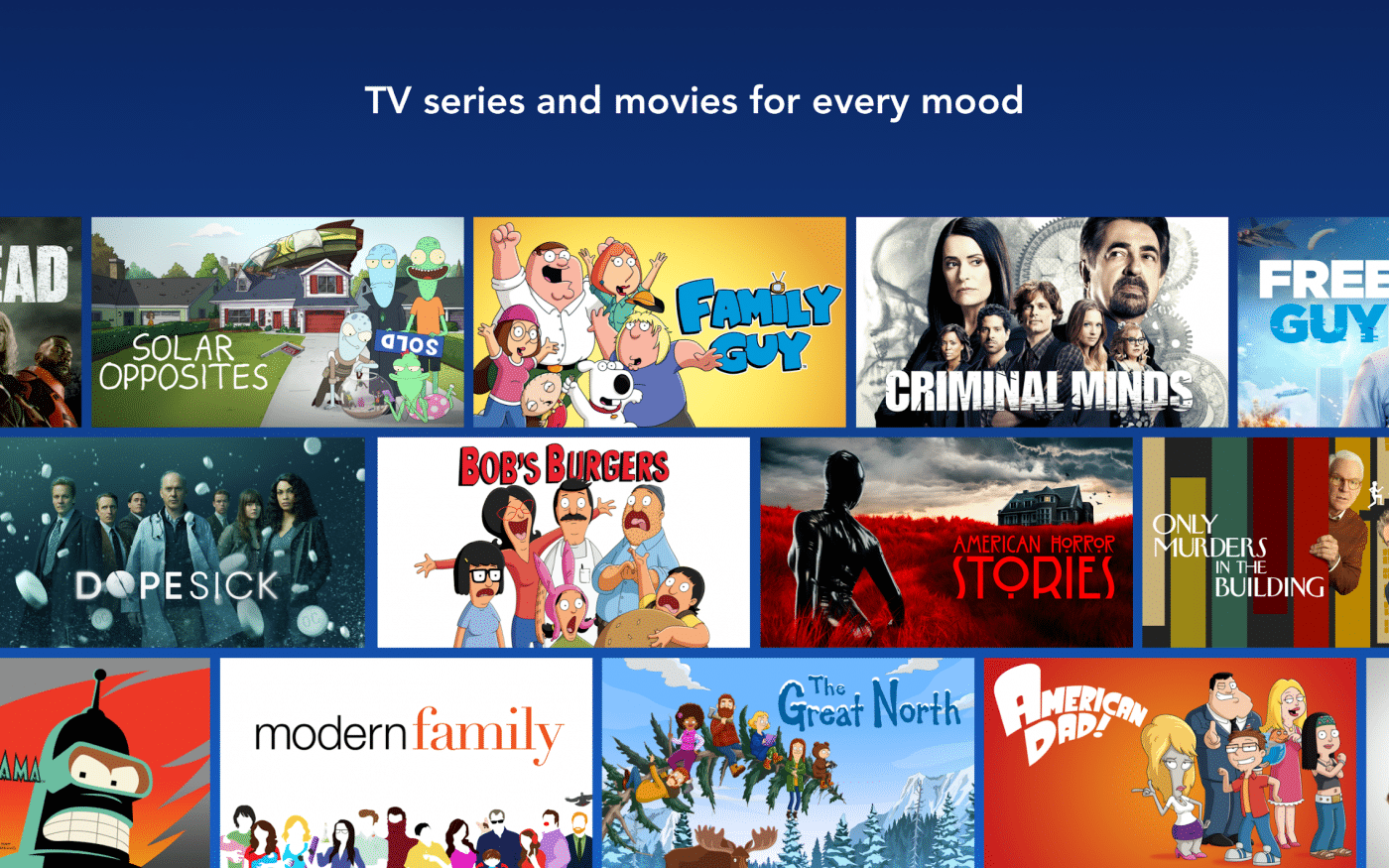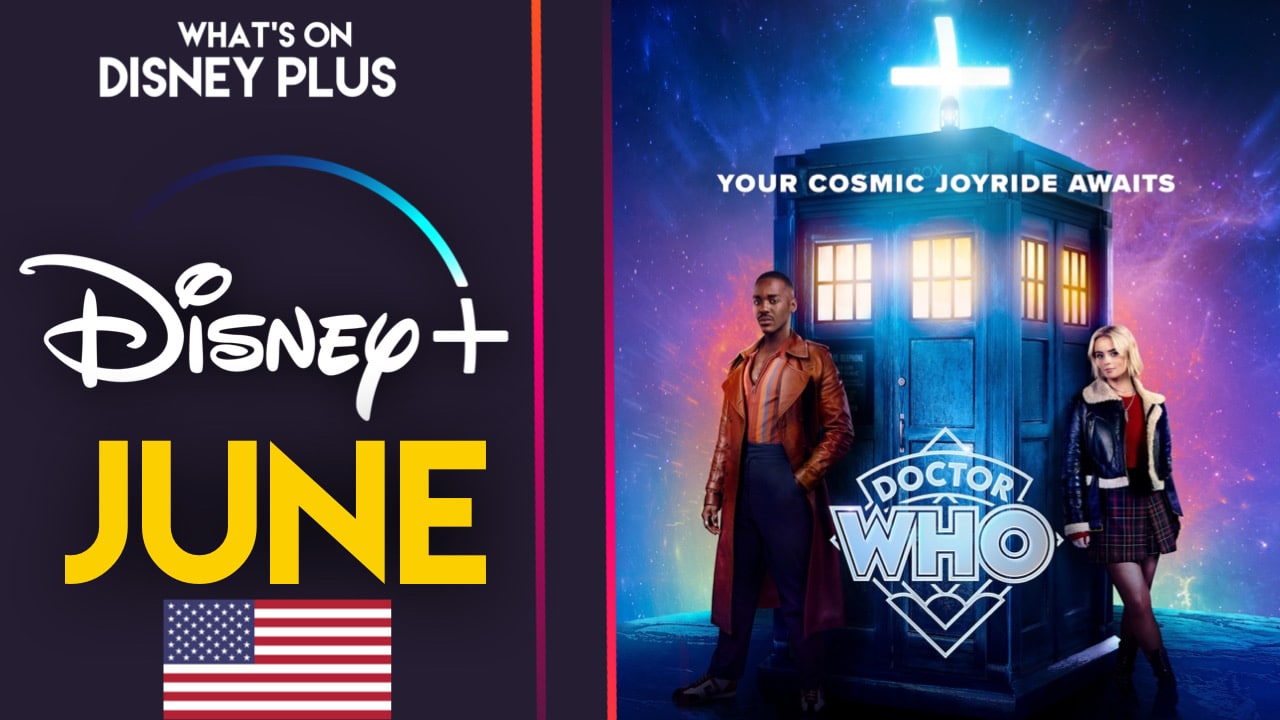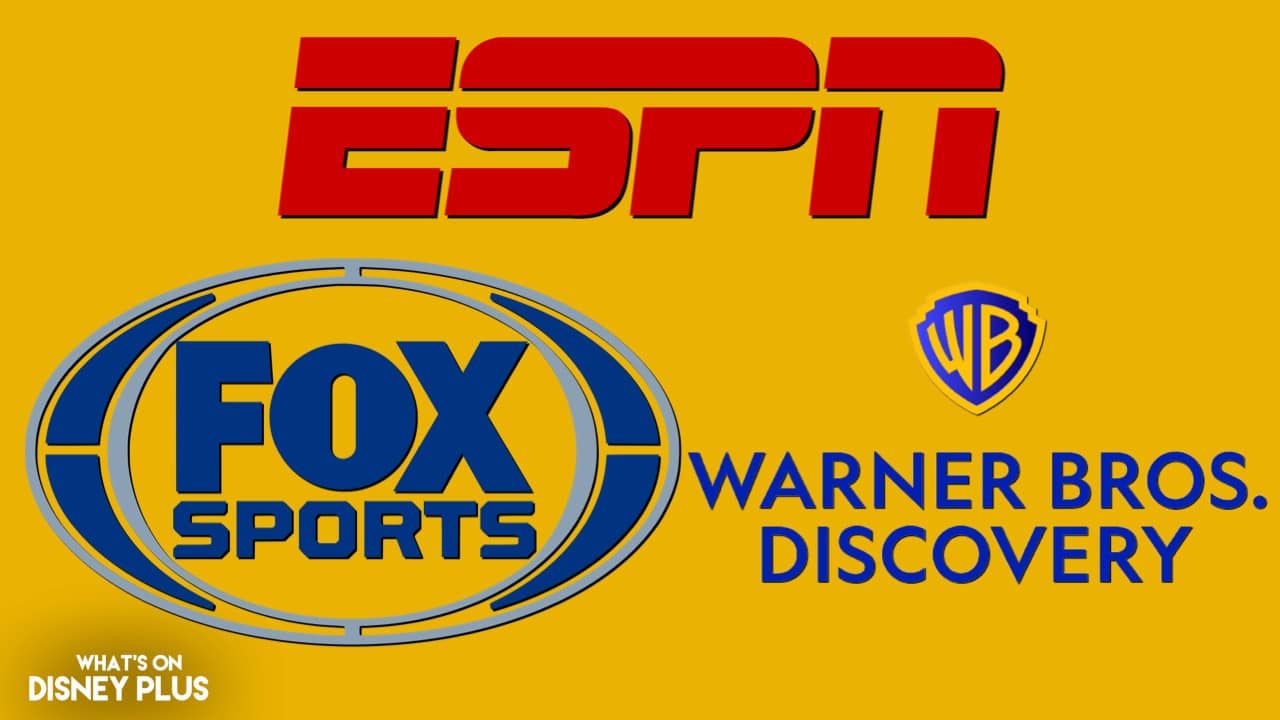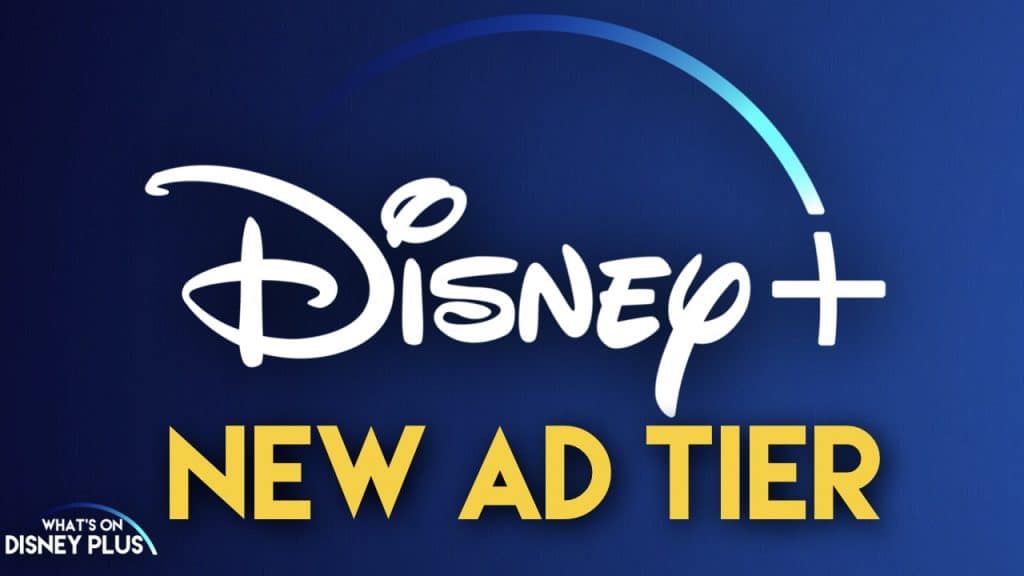
Disney+ Ad Tier Positives and Negatives
When Disney recently announced their intentions to integrate a new cheaper ad-supported tier, which garnered a mixed response from Disney fans. I think this is a good option and helps people with lower incomes afford great entertainment, so I thought I’d write a piece that would discuss the positives and negatives of offering such a tier.
Here are some positives and negatives about having an ad-supported tier in Disney+:
Positive – Bigger Budgets For Disney+ Shows
Let’s start with a simple but obvious positive. Ads have been bringing in money for traditional TV channels for decades, plus it’s what makes Disney’s other streaming services Hulu profitable So the more revenue Disney+ makes thanks to the ads leads to bigger series and movie budgets for Disney+. If Disney can fund their next blockbuster MCU or Star Wars series thanks to running ads for stuff like Volvo cars or Hasbro action figures, then there’s no reason for them not to.
Negative – There Are Rules About Advertising To Children In A Lot Of Countries
Now, this is a negative that many people will call out, especially in the US and the UK. In the UK, for example, there is a law about advertising junk food like McDonald’s, KFC or Dominos Pizza products before 9 pm. In the US, for example, there is the Children’s Online Privacy Protection Act (COPPA). This law means there are limits to the number of ads you can show to children on sites like YouTube. Google-owned YouTube has had issues with the COPPA laws, so Disney needs to be mindful of the laws, not just in the US but in other countries, when it comes to advertising to children.
Positive – More Budget For More Features
Imagine if Disney fixed its “Coming Soon”, or “Watchlist” features to make them more useful, or if Disney added a “Channels” feature or several other highly requested features? If adding ads to Disney+ helps the service become more profitable, then Disney could experiment with new features, something like a “Like/Dislike” button like Netflix has. The more profitable, Disney+ is, the more money Disney can afford to invest back into the app’s features.
Negative – We Don’t Know How The Ads Will Be Split Between Content
This is a big red flag for many Disney+ Consumers, which could affect the number of subs who choose this option. We don’t know how Disney+ will split ads between the content it streams. With TV series, it makes sense to have one ad at the start, one in the middle and one at the end. With movies, we don’t know how many ads will be played during the actual film or if Disney will do what cinemas do and showcase a bunch of ads before the movie.
Positive – Making Great Content Available For Lower-Income Families
This is a key positive for Disney+. With the prices of seemingly every streaming service rising and increased competition from other streamers, it has become harder for lower-income families to afford all the streamers they would want to use. A cheaper ad tier allows people with lower incomes to be able to afford more great entertainment, especially lower-income families.
Negative – The Privacy Of Your Data
This is something that is a big fear of many people online. Companies like Facebook have made billions off of selling users’ data to advertisers. For Disney+ to offer an ad-supported tier, they will have to give some of the data to advertisers to figure out what content best fits the adverts being shown.
Positive – It’s Optional
This is the biggest reason why many consumers shouldn’t stress out about this tier. If consumers can’t afford to pay for Disney+’s relatively cheap ad-free plan, then they have the option to pay a little less for a more affordable ad-supported plan.
Final Thoughts:
There are many positives and negatives for Disney+ adding their upcoming ad-supported tier, and data privacy is a significant concern for many subscribers. We must all remember why Disney is adding ads to make Disney+ profitable, as Disney can’t afford to invest billions into marketing, content production and international rollouts, without the service they’re selling being profitable, enough to cover those costs.
Obviously, it all comes down to what consumers prefer and can afford when it comes down to whether or not they’ll subscribe to Disney+ at all. As Disney+ grows, so does the cost of marketing, content acquisitions, content production, international rollouts and technical requirements. Whilst we can expect Disney to reveal new details about how the ads will work later on this year before the tier is added in the US in 2022 and internationally in 2023.
What Do You Think? Do You See The Positives and Negatives Of These Ads?


